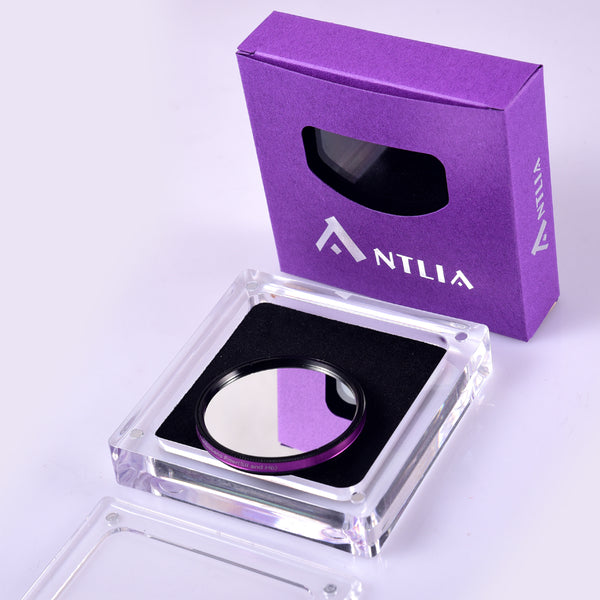
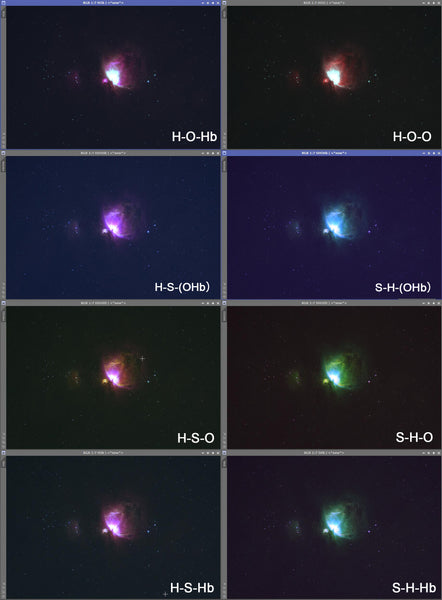


Products in the Same Family
Why Purchase from All-Star Telescope?
Free Expert Support
Whether you are a first timer needing help with setting up or an enthusiast that can't quite make that one thing work, our expert staff are ready to support your needs. With decades of knowledge and first hand experience we've been there and we can help you through it!
Stress Free, Secure Transactions
You can trust purchasing and delivery with All-Star Telescope. All of our transactions are 100% secure and Level 1 PCI DSS compliant thanks to Shopify's ShopPay platform. For additional protection, we insure 100% of the value of every shipment we make. If it get's lost during shipment, we replace it. If it gets damaged during shipment, we replace it. We make sure your product arrives exactly as you would expect it to; we promise.
We also ensure privacy protection. We never keep any of your credit card information on file and any of your personal data is stored according to our policies.
30 Day Return Policy
Buy with confidence knowing that we accept returns up to 30 days after purchase. We want you to have something you will actually use and we are confident that we keep good quality products in our store with No Junk.
Price Match Promise
Shipping around for the best price is tough, we make it easier by offering the best pricing in the market. But if you find a better price on an in-store item somewhere else we will match it!
Product Description
The ALP-T dual band 5nm SII&Hb filter is a dual line-pass filter, which lets the deep red Sulfur-II line and the blue Hydrogen-Beta line through and is used with one-shot color (OSC) cameras such as DSLR's or astronomical OSC cameras. It is a significant addition to the popular Antlia ALP-T dual band 5nm Ha&OIII filter and enables false-color images and narrow-band nebula images using OSC. When capturing data with this filter, the nebulae are recorded with greater contrast against the background than without it.
The combination of these two dual band filters allows extreme narrow-band images with OSC cameras by capturing the spectral data from 4 channels i.e. Ha/OIII/SII/Hb. The spectrum of these four channels can be separated and recombined into various colour palettes in your post-processing. The resulting images can be used for luminance contrast enhancement of traditional RGB-balanced images or creation of images in various popular false-color palettes such as H-O-Hb, S-H-O, H-S-OHb, H-O-O etc.
Why design SII&Hb bands pass instead of OIII&SII bands?
The filter is dedicated to capture H-beta and SII emission lines. We know that SII is singly ionized sulfur that emits light in the deep red part of the spectrum, beyond H-alpha, but the contribution of H-beta to emission lines in nebulae is frequently overlooked, even though it is the second most common Hydrogen emission after the H-alpha line. Capturing more OIII will boost the existing signal but does not give more information. However Hb has the potential to reveal structures not seen using OIII. The design is to capture the H-beta emission line in the certain nebulas that contain some blue spectrum, this cannot be captured by H-alpha, SII and OIII filters. Greater and richer details will be captured in many nebulae images to achieve results with a superior signal-to-noise ratio.
It is generally accepted that the OIII signal is a relatively weaker contributor to nebulae images. The OIII bandpass sensitivity is an important consideration for any nebulae filter. Most colour cameras (OSC) use a RGGB Bayer pattern. The allocation of twice as many green pixels as compared to either red or blue pixels, enables a much-improved capture of the OIII signal. Furthermore, higher OIII signal can be achieved by additional exposure using the Antlia ALP-T Ha&O3 filter, then isolating the GB channels, followed by synthesis of an OIII channel to add into your stack.
In the situation where you may only want to add SII to your Ha&OIII data, then it may be preferable to buy one SII narrowband filter and achieve a cleaner SII spectral emission. However, our new filter design (SII&Hb) includes the H-beta emission line which provides a distinct improvement in nebulae contrast and improved feature separation in Hb areas.
Antlia ALP-T Dual Band 5nm Ha&OIII Filter: Dual band filter with a very narrow passband of 5nm in OIII and H-alpha to achieve a higher signal-to-noise ratio. The resulting contrast improvement for OSC is impressive.
Antlia ALP-T Dual Band 5nm SII&Hb Filter: Dual band filter with a very narrow pass band of 5nm H-beta and S-II. This filter is ideal for increasing contrast of nebulae that emit in the sulfur and H-beta range using OSC. It provides additional feature separation and isolation in Hb areas.
The advanced multi-coatings on Antlia ALP-T dual band filters effectively isolates the red, Ha line, blue-green, OIII line, deep red SII and the blue H-beta lines from emission nebulae, with almost total suppression of optical density (OD) 4.5 on unwanted wavelengths from light pollution, moonlight, and airglow. The result is that both the ALP-T dual band 5nm Ha&OIII and SII&Hb filter creates a superior signal-to-noise ratio and better contrast in your OSC images.
Specifications
| Model | Sulfur-II | Hydrogen Beta |
| FWHM | 5nm | 5nm |
| CWL (Central Wavelength) | 672.4nm | 486.1nm |
| Peak Transmission | 90% | 85% |
| Blocking | ≥OD4.5 | ≥OD4.5 |
| Filter Thickness | 2mm+/-0.05mm | 2mm+/-0.05mm |

Additional Articles, Videos, and Links
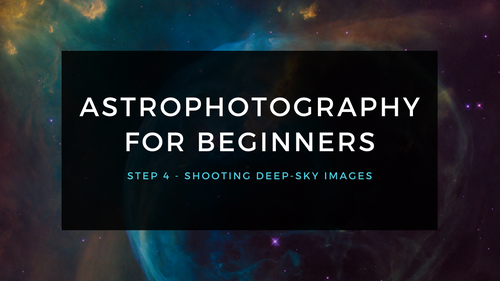
Astrophotography for Beginners Step 4: Shooting Deep-Sky Images
Taking deep sky pictures can be daunting, luckily there is an easy process to follow to allow you to get great shots! Here is the typical process for actually taking deep-sky images in the field.
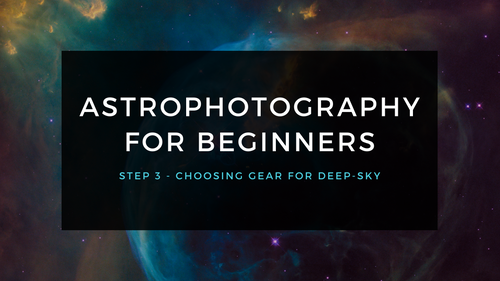
Astrophotography for Beginners Step 3: Choosing Gear for Deep-Sky Imaging
Using a star tracker gains you experience with the fundamentals of deep-sky imaging. Shooting the Moon gains you experience focusing and framing through your telescope. Through your sessions you’ll...
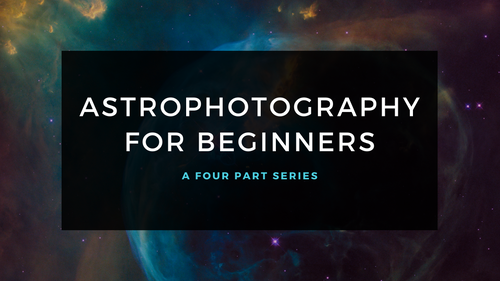
Astrophotography for Beginners - Start Here: Getting into Astrophotography Step by Step
Shooting the night sky has never been more popular, nor easier. The choice of equipment has also never been better, or more affordable. However, as per the advice given by Dickinson and Dyer in the...
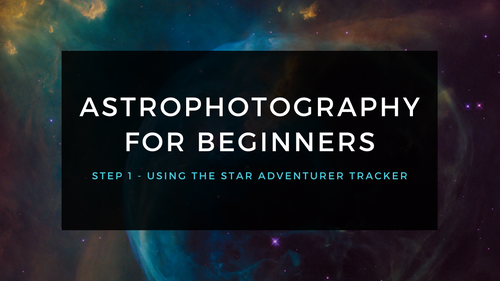
Astrophotography for Beginners Step 1: Using the Star Adventurer Tracker
By far the most economical and easiest way to capture beautiful images of the Milky Way and large deep-sky objects like the Andromeda Galaxy (shown here) is to use a star tracker. Here are steps an...
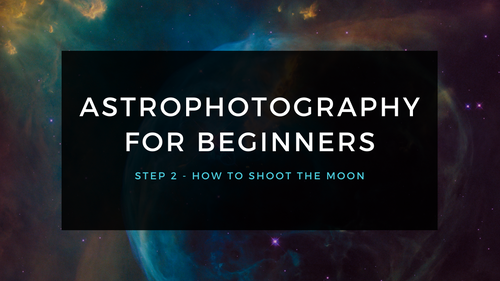
Astrophotography for Beginners Step 2: How to Shoot the Moon
Close-ups of the Moon are rewarding, and an easy way to learn to shoot through your telescope. While good results are possible with a phone camera clamped to an eyepiece (as shown below), this tuto...

